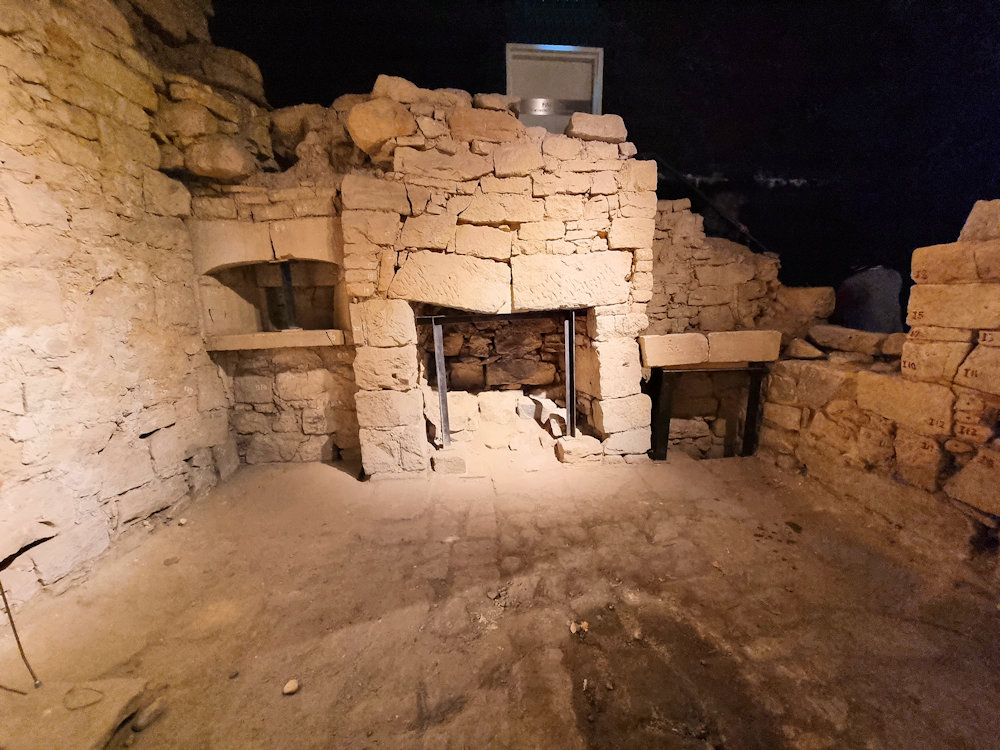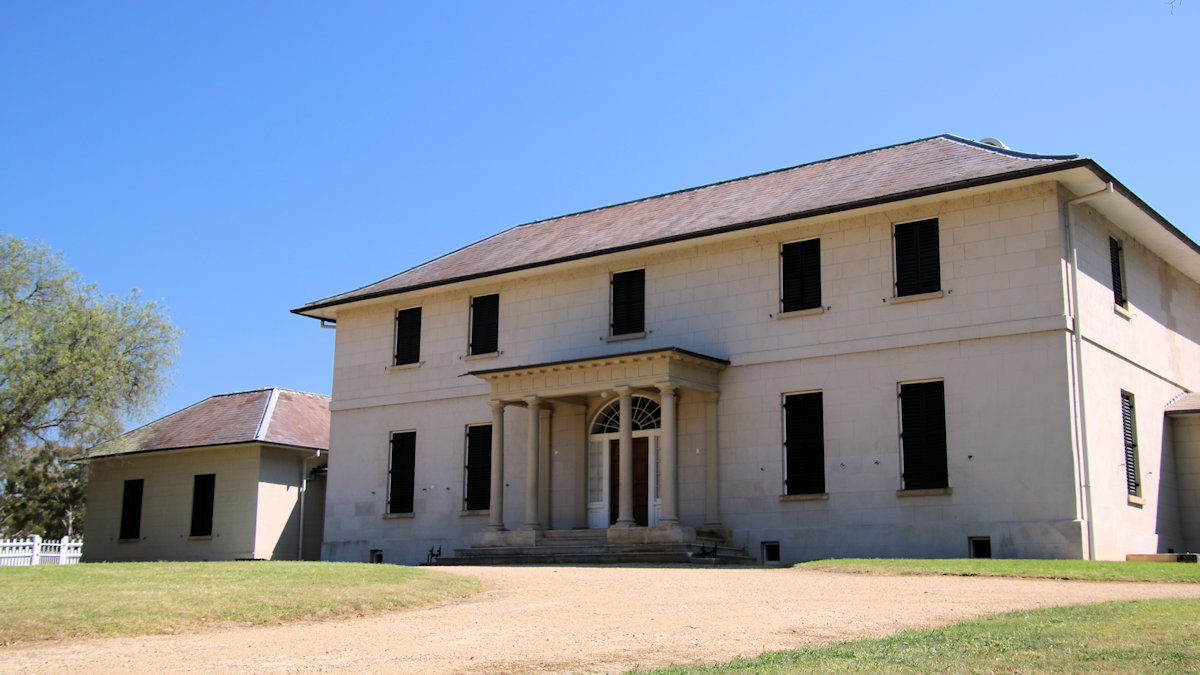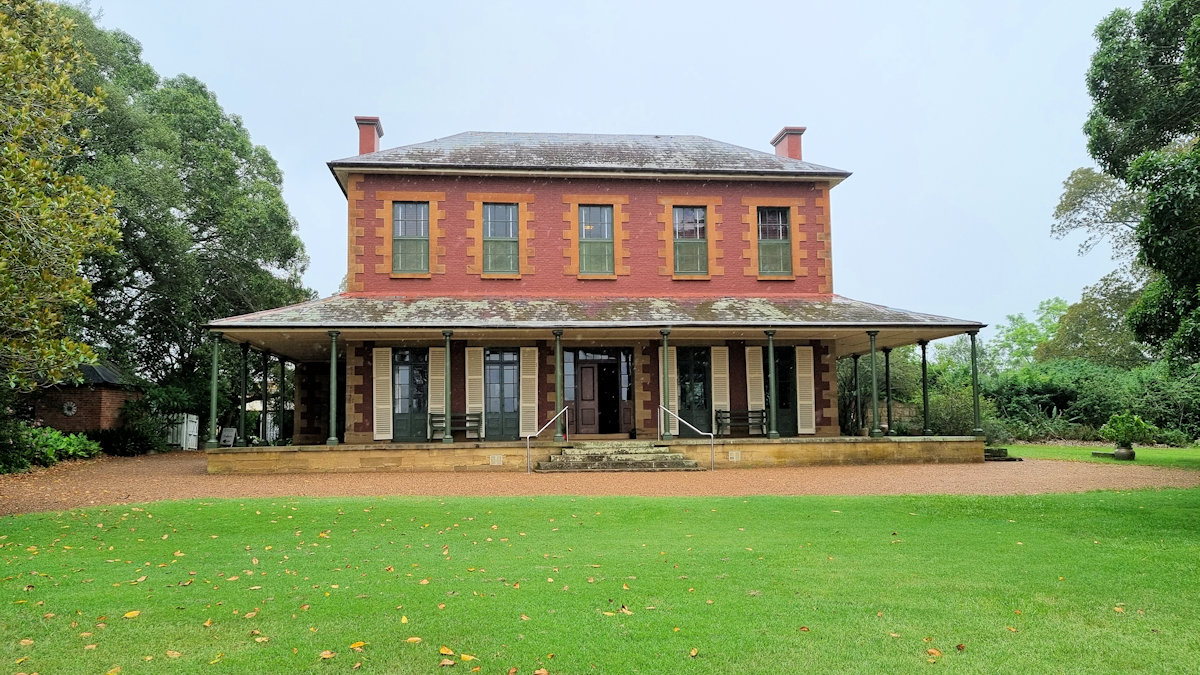Tag: historical
-
Parbury Ruins

Parbury Ruins Located on the corner of Pottinger and Windmill Streets in Millers Point, Sydney, the Parbury Ruins were uncovered during the construction of an apartment block. Once excavated and recorded by archaeologists, the developers modified their design to retain the ruins, preserving them. Access to the underground area is by appointment only, or during… Read more
-
Old Government House and Parramatta Park Australia

Old Government House Parramatta Australia Located on the banks of the Parramatta River, Old Government House is the oldest surviving public building in Australia. Additionally it is an important UNESCO World Heritage listed site, and one of 11 recognised convict sites that tell the story of Australia’s forced convict migration. History of Old Government House… Read more
